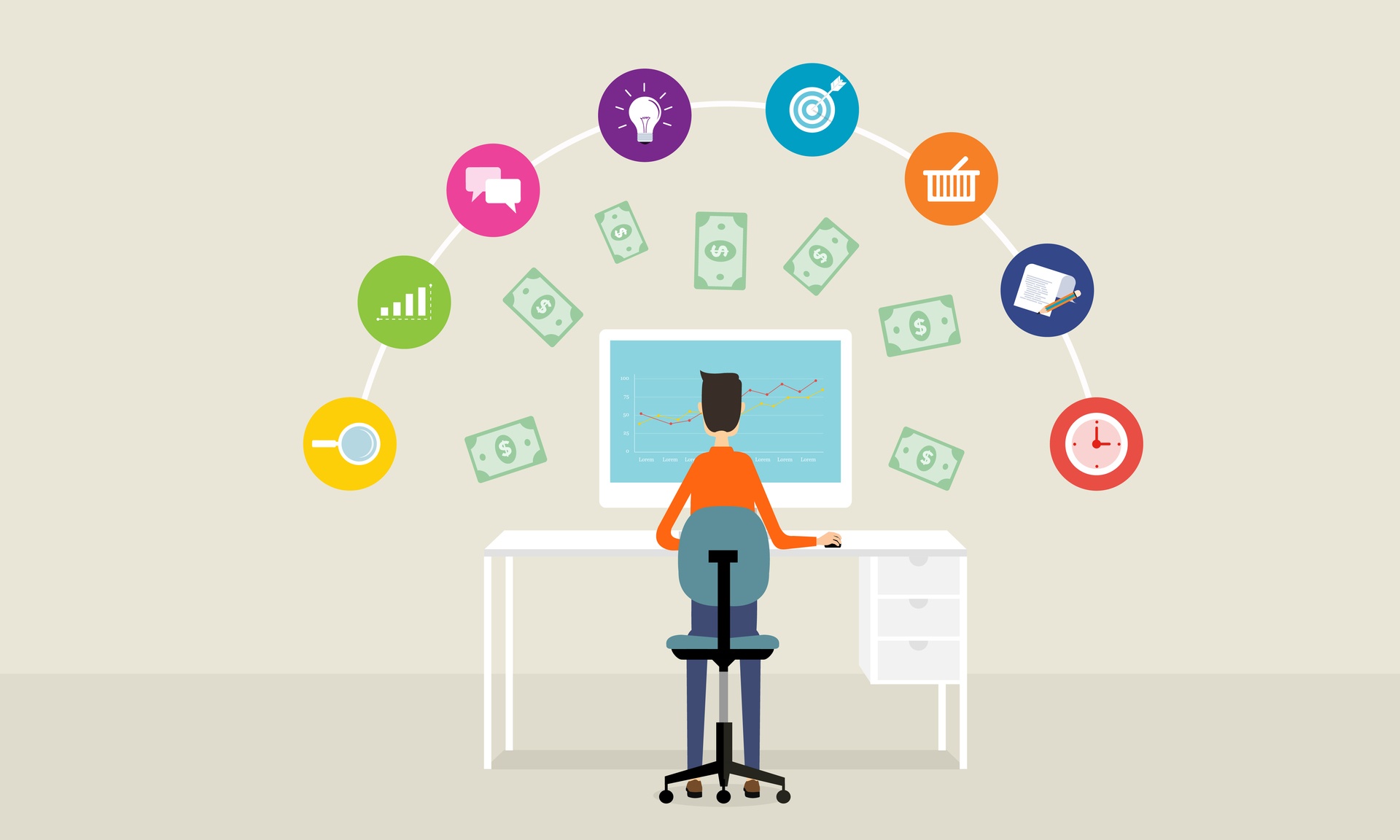The Rewards Don't Stop Flowing
It’s easy to get caught up in routine and forget why you do what you are doing…and that’s true for any profession. Recently, when I was cultivating my practice of gratitude, I turned my attention to my work. I am grateful for my job and that I get to do what I enjoy and also earn an income from it, but once I started reflecting, the rewards wouldn’t stop flowing. And so, without further ado, I give you my list of the greatest, maybe often overlooked, rewards of being an Instructional Designer (ID).
1. Making Education Accessible
As an ID, you are in a unique position to make education accessible for a diversity of learners who are coming to your course(s) with different learning experiences and scholastic backgrounds. In this context, accessibility can mean two things. First, it can mean literally meeting important legal requirements to ensure that people who may be disadvantaged by a disability, or other learning impairment, are intentionally accounted for. By adjusting your eLearning strategy so that your course incorporates aids like closed captioning or instructional prompts, you are facilitating an equitable learning experience for everyone. Second, accessibility also means "reachable." Using your expertise to design courses in a way that empowers learners to take control of their experience, whether it’s through interactive games or click-to-reveal buttons, is a powerful purpose. Anticipating the behavior of your learners and pre-emptively responding to their needs enhances course access across the spectrum of learning styles.
2. Trying Out New Technology
One of the best benefits of technology is that it’s always evolving, which means new tools are constantly being created and produced. As an ID, we often have a first-row seat to testing out new learning technologies. Trying new educational technologies is a privilege—akin to a coveted golden ticket! Sometimes, the rapid growth and development can almost be overwhelming, but, as the primary implementers of eLearning technology and tools, it’s fun to be able to dive deep into figuring out how we can leverage these tools for the benefit of our learners. This can also be a gateway for your own unique innovations, which brings me to the next benefit of being an Instructional Designer. Keep reading!
3. Flourishing In Your Own Creativity
I don’t know about you, but I’m feeling twenty-two. Wait, that doesn’t sound right. What I meant to say was, I don’t know about you, but I need a creative outlet. I feel even luckier that it’s part of my job. Playing around with colors, typefaces, animations, and photos is as enjoyable as it is purposeful. In other roles, I didn’t have such luxury, and my sense of fulfillment began to wane. Now, I’m constantly sketching out new ideas using good old-fashioned pens and paper while still being able to map things out electronically. As an ID, you can let your creative juices run wild—the possibilities are limitless. In fact, the more time you commit to creativity in your design, the better off your learners will be. You want to avoid recycling designs and ideas because you are at risk of remaining in your "comfort zone" which is always hazardous to creative license.
4. Satisfying The Thirst For Lifelong Learning
I love learning. I love learning. I mean, I really love learning. Truly, I don’t think I can say it enough! As you are creating a course, you are immersing yourself in the material which means you are also learning it—whether it’s a conscious process or unconscious, it’s happening. As an ID, you are reviewing for content flow and logic, which is hard to do without reading the material. The best part about this is that as you create a variety of eLearning courses, you also learn about a variety of subjects. I can’t think of anything better than free education.
5. Understanding Human Behavior Using An Educational Lens
Creating eLearning courses requires a certain background or knack for behavioral science. Instructional Designers use behavioral science to capture someone’s attention and help them make informed choices by guiding them through an eLearning course. This means anticipating their actions (e.g., writing statements like “click the ‘next’ button”) so that learners have a smooth User Experience. By delving into what makes up someone’s instinctive behaviors, we can create an eLearning course that is tailored to how their mind works. So with that, I ask: is there anything cooler than being an eLearning ninja?
Since the bulk of Instructional Design work happens behind the scenes and learners might not ever know who you are, it’s easy to forget the rewards of our work. If you take a moment to pause and reflect, it’s clear that we make a significant impact in the field of education. Now, I challenge you to think about what you find rewarding as an Instructional Designer. Flex your gratitude skills and soon you’ll see your work in a whole new light!








